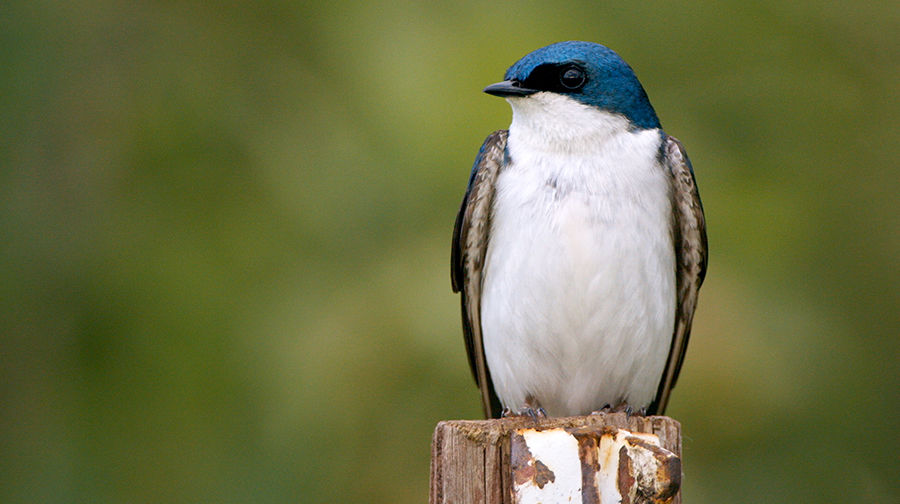“The Messenger” is a 2015 documentary directed and written by Sy Rynard.
According to the press kit’s synopsis, “ ‘The Messenger’ is a visually thrilling ode to the beauty and importance of the imperiled songbird, and what it will mean to all of us on both a global and human level if we lose them.”
This, in other words, is a film for us bird lovers the world over.
Songbirds have been singing for millions of years. No matter the age or civilization, people have always understood birds to be messengers. Their message at the moment is that our planet is ill.
Geese, ducks, herons: none are songbirds. Songbirds are distinguished by their more complicated vocal organ, or syrinx. Songbirds tend to be small and tenacious. Songbirds migrate and 10 billion die each year. No one knows where they go. (But God does: “Not a single sparrow can fall to the ground without your Father knowing it.” Matthew 10:29)
Songbirds are most vulnerable during migration. While trying to refuel, they have to stop down in people’s backyards and parks. This can be perilous. It’s estimated that cats, for example, kill more than 1.4 billion birds a year. Cats are an invasive species, claim the bird lovers, not native or natural to any environment, and have been responsible for the extinction of 32 species of songbirds.
Birds migrate at night, using celestial bodies and magnetic fields. Thus, light pollution is another huge problem. Birds can’t perceive glass. During a six-hour period, 500 birds died crashing into the windows of two urban office buildings. Noise, pesticides and climate change also contribute songbird carnage.
We travel all over the world: Nicaragua, Africa, Canada, Germany, Costa Rica. In all those places, there are people in white rubber gloves who go about with rulers measuring birds’ weight, wingspan and beak length, trying to track what goes wrong and collecting dead birds in little bags.
In Paris, the ortolan bunting, a gorgeous creature with a breast of chartreuse and rust, has experienced a sudden decline in the last 30 or 40 years. Considered a delicacy, the birds are trapped by gourmands, browned in butter and Armagnac and sucked down whole, bones and all.
The blackbird sings most closely to a major key. We meet composer Dominik Euglberg from Westerwald, Germany, who incorporates the patterns of birdsongs into his “organic and melodic brand of electronic music.” He maintains that techno is the most beautifully archaic form of music. People listen to the same beat the whole night long, echoing the heartbeat in the womb.
I can’t agree. In fact, my biggest bone to pick with the film was with the new-agey Muzak. Surely the increasingly beleaguered birds deserve more than techno chant — perhaps Bach’s Fugue in G Minor, or Olivier Messeian’s “Abyss of the Birds” from “Quartet For the End of Time.”
I’m also not sure how the closing shot — a huge revolving table of artfully arranged dead birds, filmed lyrically from above — adds much to the conversation.
New technology allows the tagging and satellite tracking of birds so scientists can connect their movements globally. Once they know where a majority of birds die, and from what, they can start to preserve them. We can all do our part: simply by turning off lights, we’re saving birds’ lives.
“Could we live without birds?” one bird studier asks.
Not likely. In 1958 Mao Zedong instituted the Four Pests Campaign and ordered the slaughter of rats, flies, mosquitos and sparrows: the birds purportedly ate too much grain. They were shot, poisoned, trapped. They were driven to the sky and forced to fly until they died from exhaustion. The result was the near extinction of the Eurasian tree sparrow, the decimation of crops by insects and a famine in which more than 30 million people perished.
We couldn’t live without birds physically.
But we really couldn’t live without birds emotionally and spiritually. To that end, “The Messenger” is worth watching, if for no other reason than the slow-motion footage of birds in flight against a night sky.
Their backs ripple like swimmers. Powerful muscles pump those unearthly wings.
Dr. Bridget Stuchbury, professor of biology at Toronto’s York University, observed, “Even though I come here each spring, that first sighting of a scarlet tanager is magic.”
One purple martin recently set a record by flying from Pennsylvania to the Gulf Coast in a mere two days.
What goes on in the mind and heart of a songbird? As always, perhaps the poets say it best.
From Wallace Stevens’ “Thirteen Ways of Looking at a Blackbird”:
I do not know which to prefer,
The beauty of inflections
Or the beauty of innuendoes,
The blackbird whistling
Or just after.
Heather King is a blogger, speaker and the author of several books.

